by Wallace Wyss –
I think one of the most extraordinary phenomena of postwar car collecting is the unbelievable price rise of Iso and Bizzarrini cars, two once obscure short-lived marques.
I remember in the early ’70s, steel bodied Grifos were around $12,000 and Bizzarrinis were around $35K (as a barn hunter I bought one Bizzarrini for $30K and a long nose Grifo for $12K). Now steel bodied Grifos (as opposed to the aluminum body A3/C) are closing in on or exceed $500,000 and if the one-off Grifo roadster in a Los Angeles junkyard ever comes up for sale it will clear a million.
Bizzarrini coupes are closing on a million, depending on history, documentation and racing history if any (run as Iso A3/C models or Bizzarrini Corsas). And yet you never see Bizzarrini T-shirts, jackets, flags or the widespread presence of a club. Oh, I know there is a club, I wrote for the early issues of the Griffon, their club magazine, but what I am marveling at, 50 years later, is how much the value of the cars went up despite the club keeping a low profile for five decades.
I think the first reason is the rarity of the cars. With barely over 400 Grifos (steel bodied) made, that’s a rare number, ironically close to the DeTomaso Mangusta (designed by the same designer Giorgetto Giugiaro) I would say Mangustas aren’t as high yet because they are vastly inferior to drive, being quirky in handling, DeTomaso being averse to thorough testing.
Compare that number produced to the DeTomaso Pantera, at over 7,000 made, a mass produced car, even though the formula–American made V8 Italian designed and built bodywork–is the same.
The top ranked Mangusta value-wise would be the one-off spyder, and the second the prototype body fitted to a regular chassis. Each month I try to get out to Malibu–the only place I have seen Bizzarrinis and Grifos other than Concorso Italiano, the Quail and Pebble Beach during Monterey Car Week.
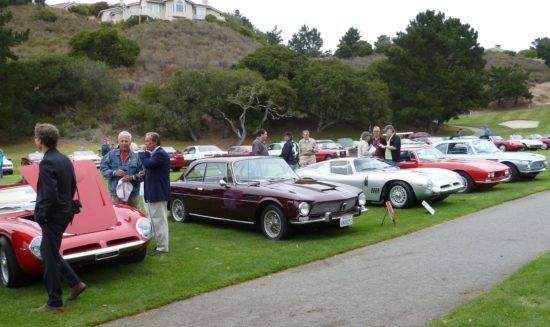
The Iso Bizzarrini field at Concorso Italiano 2011
One thing I can say about the owners of these cars is that they are interested in history and have done some documentation on what was built–not easy when the company that made Isos disappeared. And Bizzarrini’s own company disappeared after only four years.
There’s no factory to check with, to get what’s called a “build sheet”. Now that the values are so high, it is becoming vitally necessary for investors in these cars to know a car’s history–who owned it and when, because there’s more than one fake being touted as a real made-in-period car.
Nothing is so embarrassing to a big auction company than to have some car touted as a star of the auction be discredited just before it is scheduled to go across the block. (I remember when a Porsche 917 was taken down hours before an auction started)
Now if you came up with a fake Gullwing, it would soon fall into disrepute because there is a Mercedes historical section in Stuttgart and the Gullwing Group, an owner group, which no doubt also have lists of the original chassis numbers. (I wonder if they have sorted out the one I owned which I registered with the wrong SN, the guy I bought it from having given me the title to his other Gullwing). But when dealing with an orphaned car, there is always that moment of dread where you encounter large gaps in the car’s history.
So in sum, it remains a mystery to me how that owner group succeeded beyond anyone’s dreams. There is no recipe for growing a given collector car’s value. But the success of the Iso & Bizzarrini Owners Club is that their cars increased in value without heavy publicizing, sponsoring events, waving the flag for their marque. They remain almost invisible.
Oh, you can name a couple famous owners over the last 50 years, like the late Johnny Halliday, (France’s answer to Elvis) or the current owner of one, a bassist in a rock band. But they are mostly out of the Hollywood spotlight.
The cars are grabbing attention, though. One just won Best of Show at Concorso Italiano 2022, and the moment one wins Best of Show at Pebble Beach or Amelia Island, well, that will make a statement about investing in unknown marques. They already received some recognition, as on March 16, 2016 all three Bizzarrini Spyders were displayed at Amelia Island.
Also there was an Iso class and a separate Bizzarrini class at The Quail, a Motor Sport Gathering in 2012 and a Bizzarrini class in 2016 at Pebble Beach and an Iso class at Pebble Beach in 2021. It seems the word is getting around that these are desirable and important cars.
Let us know what you think in the Comments.
THE AUTHOR/ARTIST: Wallace Wyss, a fine artist, has made more paintings of Bizzarrinis than any artist currently on the market. He can be reached at malibucarart@gmail.com
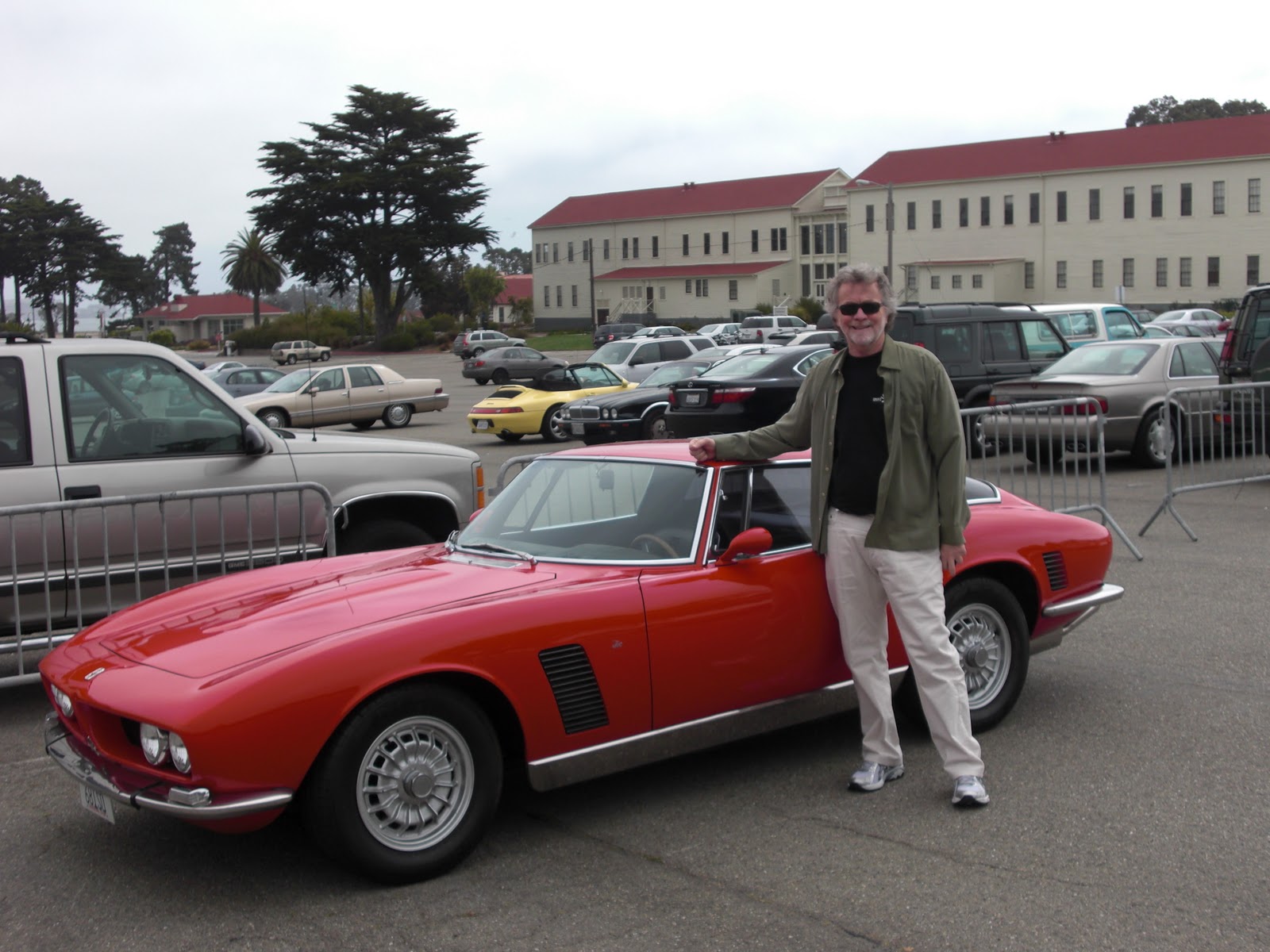
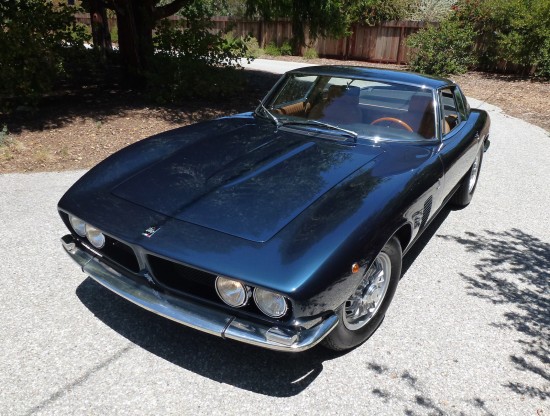
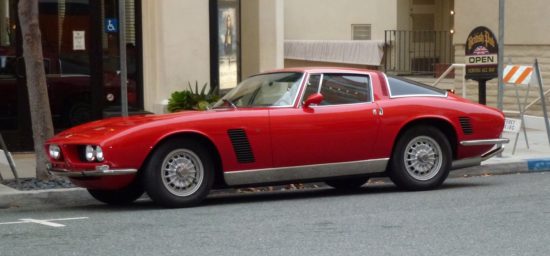
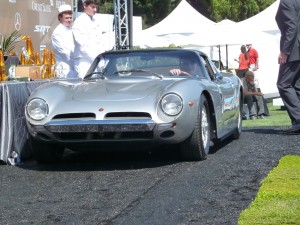
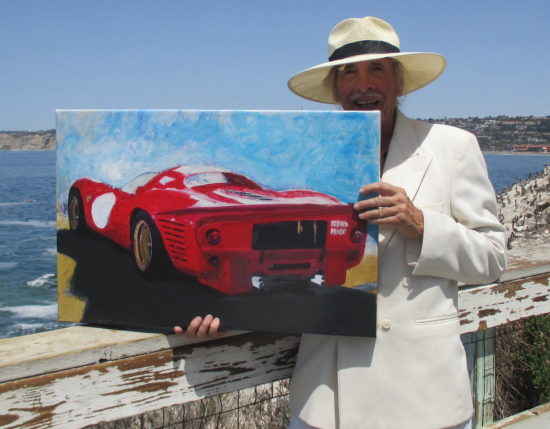
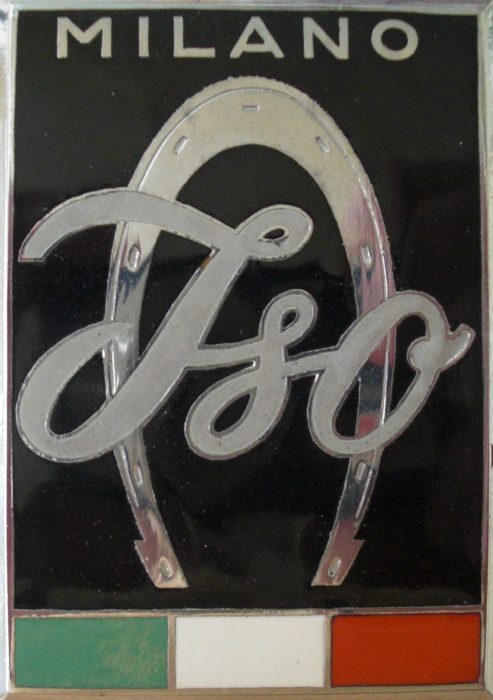
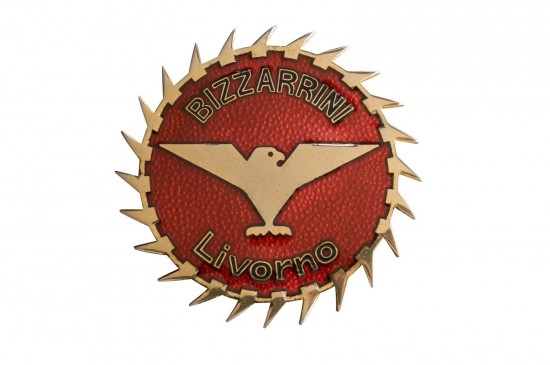
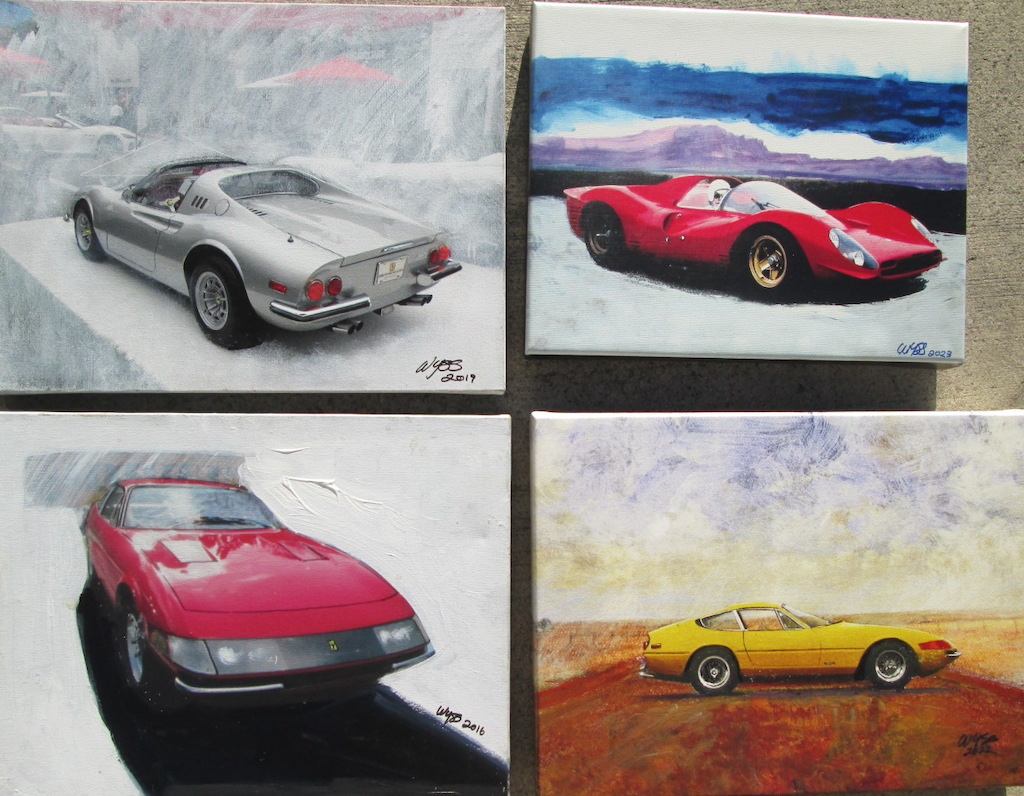

Never discount the Matchbox factor!
Bizzarrini total restoration at Jeff’s Ressurrection’s in Taylor Texas
same
Made my mouth water…
That must be the Billy Hibbs Bizzarrini that won best in show at Concorso Italiano this year.